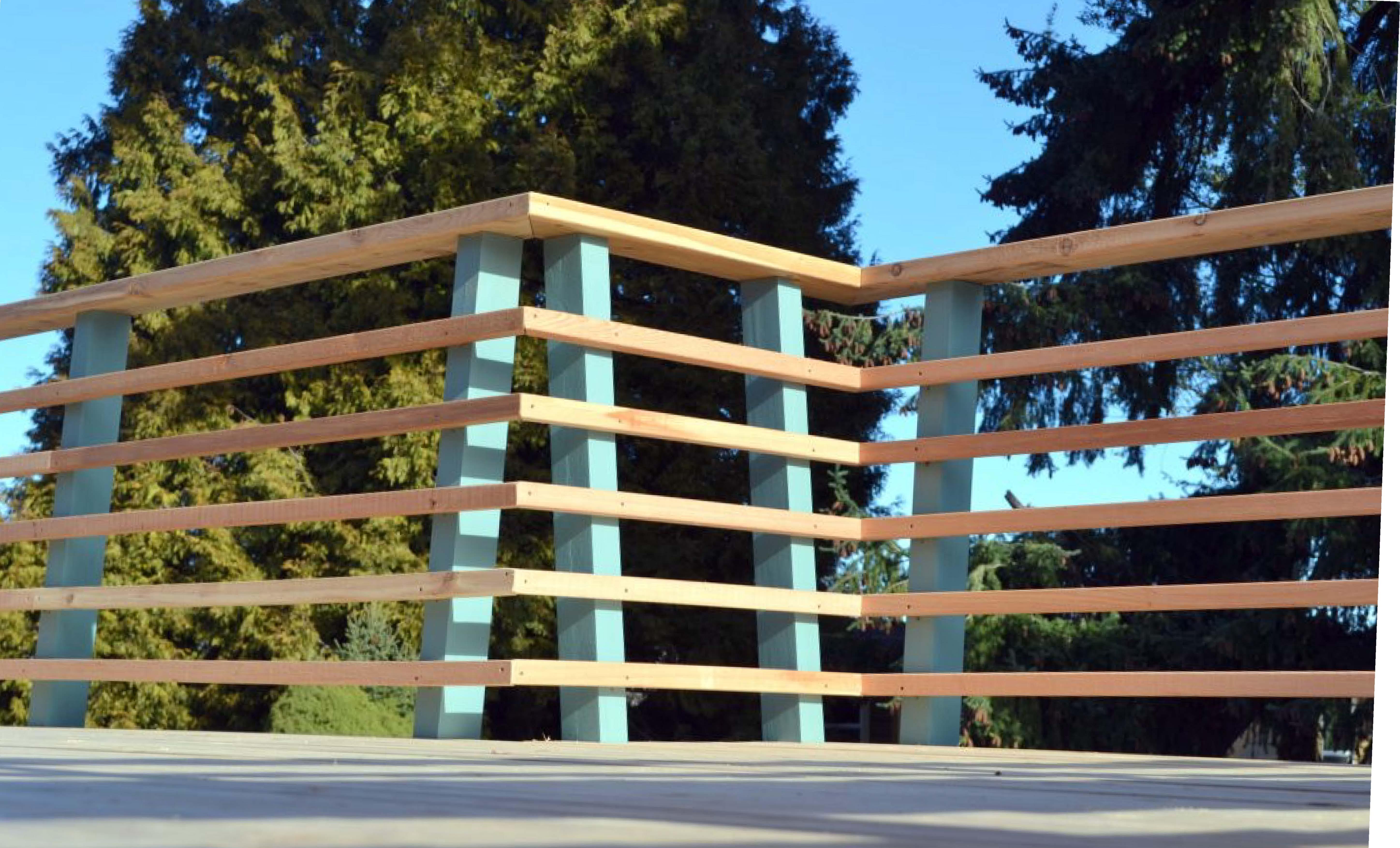Residential Design-Build in New Hampshire
A great resource for NH REALTORS® who sell land. tightknotdb.com


A great resource for NH REALTORS® who sell land. tightknotdb.com

Design-Build is the most efficient and cost effective way to build a custom home.
Design–build is a project delivery method in which the design and construction services are contracted by a single entity known as the "design–builder" or "design–build contractor." Sometimes this simply means a firm has a design team and builders operating under the same entity, sometimes it means the architect has an exclusive relationship with a builder, or a contractor employs designers. At Tight Knot, the architect and builder is actually the same person, meaning Tight Knot is the purest form of design-build, giving our clients the optimal method of creating a home.
Tight Knot was founded by Adam Lans who is both an architect and a builder, so his design sense is directly informed by his knowledge of construction. This means Tight Knot can create unique and beautiful homes for a much lower cost than the traditional approach allows.
Typically, people shop for house plans online or hire an architect to draw custom plans, and then they take those plans to a contractor who tries to follow those plans and build the house Architects today are trained only as communicators of design, a limitation that often leads to projects being over-budget because the architect does not have a deep understanding of what labor and material costs are. Since the architect is just getting paid to design, there isn’t a big incentive to think much about the budget (after all, that’s the contractor’s job). And pre-designed plans will almost always have to be manipulated to fit the constraints of the site, such as the slope, environmental setbacks, or unique landscape and access conditions. When a house is not designed for the site, various conditions can mean the house plan must be modified to fit, which adds time and money. When items are added onto the project, it can become very costly as it can mean engineering changes to the original plans. In the end, the costs for manipulating a pre-made plan will not be worth it in most circumstances. A pre-made plan also means the home is not unique and will not be truly connected to the place where it sits
Because a design-builder does both jobs, it ensures that our clients won’t be paying for the difference when there are discrepancies between the design and the execution of the project. Design-build eliminates the need to pay the huge up-front design fees that an architect charges. It also eliminates those secondary design fees that will most certainly occur when the builder finds problems with the architect’s initial design. In addition, the design-build method enables more designing on the fly, which can lead to wonderful design elements. We tend to keep a lot of our design decisions relatively loose, so we don’t end up overcharging. We also minimize renderings early in the process, which saves money.
Due to our philosophy of developing spaces first, we tend to focus on making a tight structure with a coherent organization of spaces that can be approved quickly by the building department. As the build develops, and we start to see things that only the real place can reveal, and there are natural times to create more cost efficient renderings, and discuss finishes. A major advantage of design-build, is that we can time everything in a cost effective manner and have a seamless workflow. From the beginning of the design process, to the day they move in, we are committed to meeting our clients' needs.
Connecting your clients with Tight Knot will help them feel confident and more informed about their decision to purchase land and build a home.
Adam Lans is an architect, carpenter, and general contractor. At Tight Knot, the person who designs your clients' home, also builds their home.
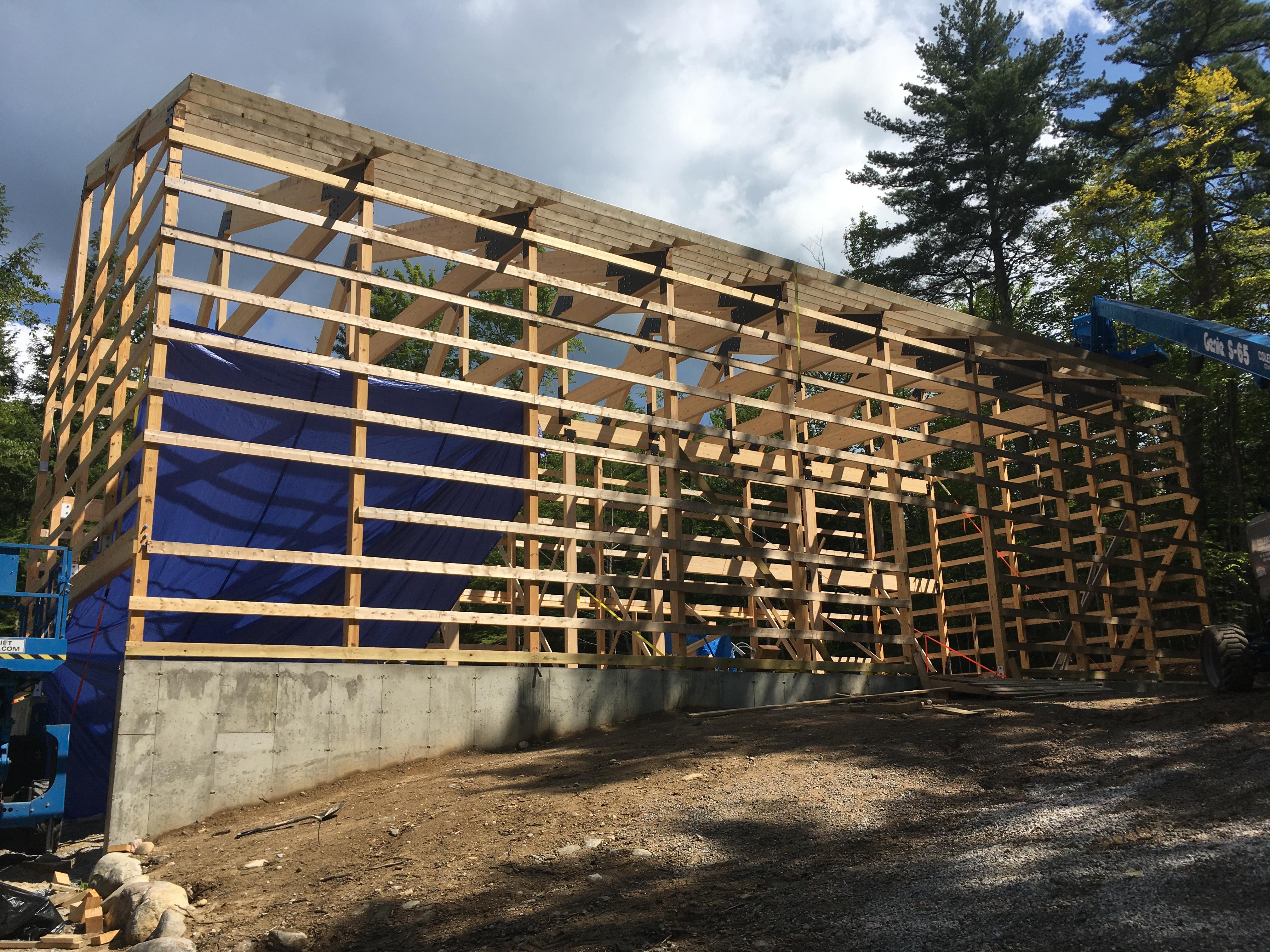
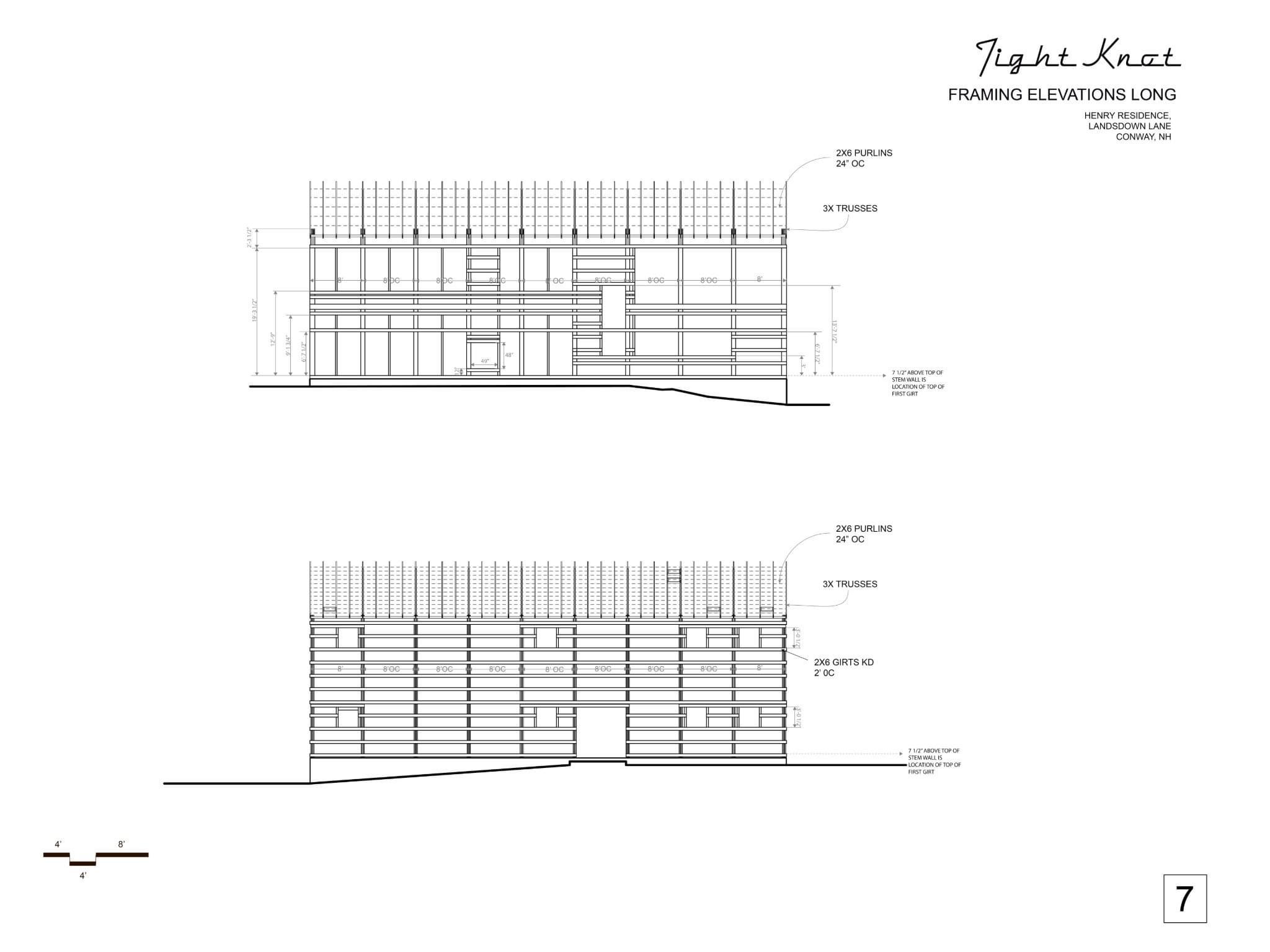
Because we are also the builders, Tight Knot integrates construction methods into our architectural designs

Most people think of architecture as cool looking buildings. While that’s definitely part of it, the foundation of good architecture is to design spaces, not forms. After all, space is more interesting than form. It’s where all the magic happens in buildings. All lasting memories and experiences come from spaces, not forms and shapes. An architect who understands this will design an optimal combination of spaces that meets the client’s everyday family and personal lifestyle habits, and fits with the characteristics of their place. They will consider the light that comes in, the views that go out, and the way people move and dwell from space to space. Once this is optimized, the form of the building will begin to reveal itself as a perfect reflection of that. This is an important part of our design philosophy. We don’t start by selecting a form, and fitting a floorplan into a formal look that has been selected. We design from the inside out.

Naturally, as we organize spaces inside a home, the interplay of the different spaces begin to inform other decisions. This means that we do not start with the exterior. Instead, the information about what’s happeing on the inside will inform how the house looks from the outside. Windows, for instance, will align with unique conditions happening inside the house. In a recent home, we placed a six foot window at a switchback stair landing. This window placement was based solely on the experience of a person moving through the house, rather than the exterior appearance. The outside of a building should be an honest expression of what is happening on the inside. We believe that the truth is beautiful, and therefore this approach leads to a more beautiful exterior.

During design, decisions will have to be made about whether something is concealed or revealed. For example we normally conceal insulation with some kind of drywall or cladding, but contrarily, we may sometimes choose to expose a beautiful wooden beam that supports the roof. While making these decisions, a tenet of our philosophy is ensure that we are being honest. If we choose to reveal a detail, we are revealing an actual functioning component of the building. It would be dishonest to feature a column that isn’t an actual functioning column, or a column that is redundant. When we reveal a detail, we want it to be something that is part of the structure so there is coherence between the form and space. In addition, we will not use any products or materials that are dishonest, such as vinyl siding with fake wood texture, or a stone veneer that pretends to be a structural component. The outside world is filled chaos and illusions, so a home needs to be true in every way.
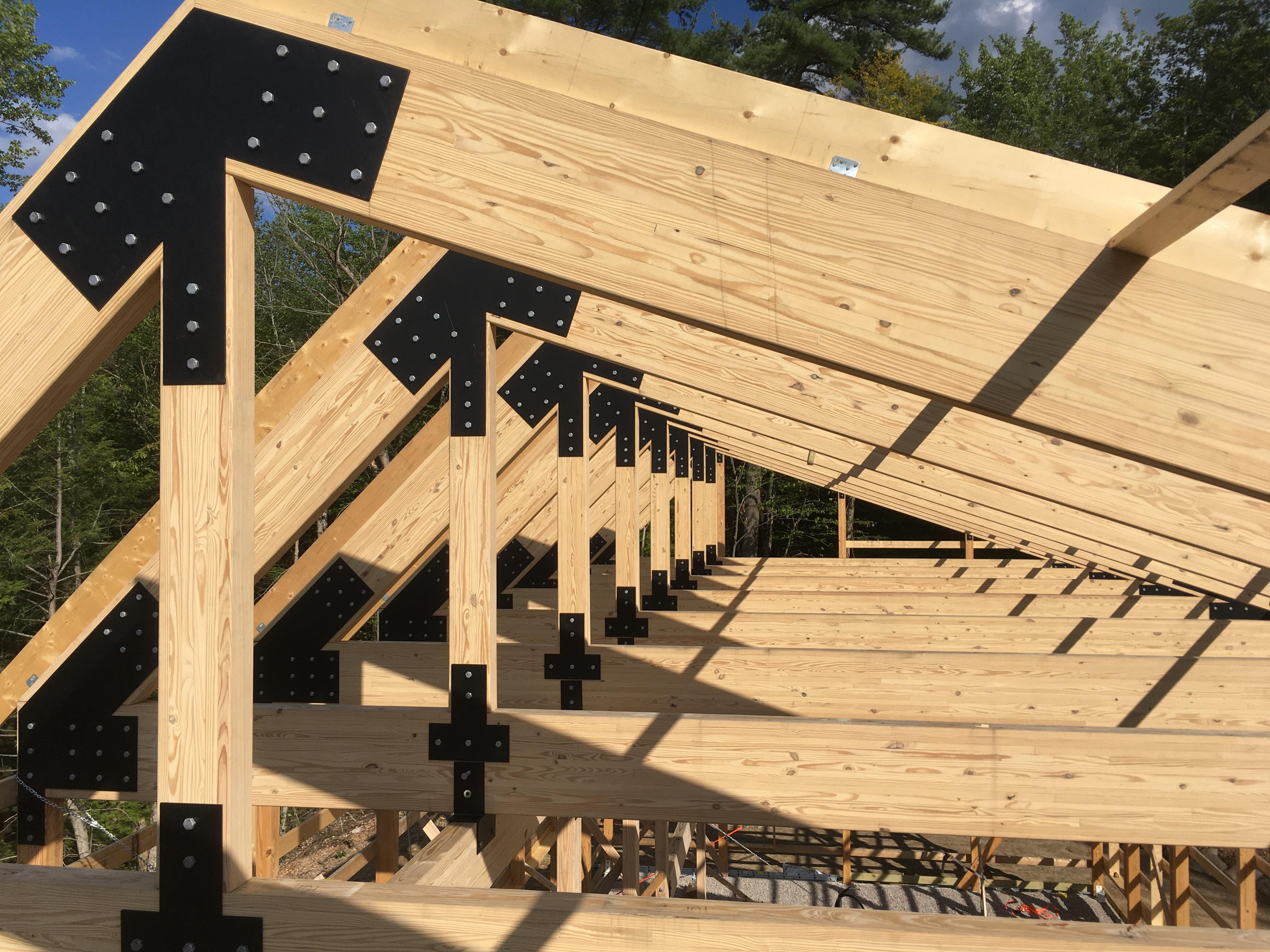
We don’t design a home as a sculpture we like, and then plop it onto your land. Every Tight Knot project is unique, and our mission is to tailor each project specifically for the people we are working with, and the conditions of their site. Our hand in the project is guided by our philosophy, but unlike an artist, we are subtle. Holding a “less is more” tenet means that we will refrain from using ornamentation in our spaces. However, a homeowner may have a very particular connection to certain objects they wish to furnish the home with, like their grandfather’s table or antique light fixtures. We want to make these sacred items an important part of the project. The more we understand our clients and their unique stories, the better the project.
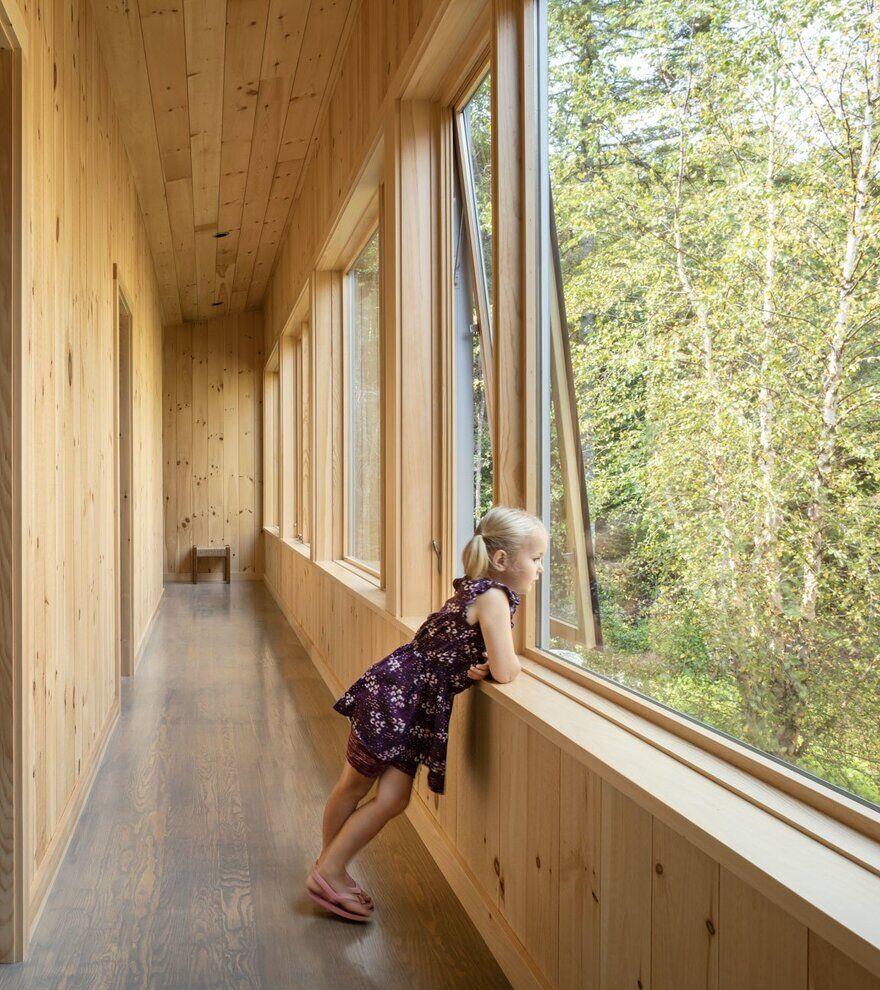
Projects that are edited and refined are always more successful than projects that have a million things going on. Because architecture is about space, naturally, when you have too many walls and forms going on, it tends to disrupt the living experience in some way. That extra wall an architect adds can be the thing that constantly frustrates you when going from your kitchen to the outdoor grill. Also, having fewer forms that twist and turn, not only means a better living experience, it also means lower building costs. We believe that projects that try to add too many features often end up looking insecure in some way, in the end.

We procure architecture by design-building, because we believe this is the optimal method of creating a home. This is because the designer is actually building what they have designed with the client. In medieval times, all architects were also builders. Today, architects are trained only as communicators of design. This limitation often leads to projects being over-budget because the architect does not have a deep understanding of what labor and material costs will be. Since the architect is just getting paid to design, there isn’t a big incentive to think much about the budget. After all, that’s the contractor’s job. A design builder does both jobs during design, which ensures that you won’t be paying for the difference when there are discrepancies between the design and the build of the project. Our method eliminates the need to pay huge up-front design fees that an architect charges. It also eliminates those secondary design fees that will almost certainly occur when the builder finds problems with architect’s the initial design. In addition, the design-build method enables more designing on the fly, which can lead to wonderful design elements. We tend to keep a lot of our design decisions loose, so that we don’t end up overcharging for design. We also minimize renderings early in the process, which saves our clients money. Due to our philosophy of developing spaces first, we tend to focus on making a tight structure with a coherent organization of spaces that can be submitted to a building department, and approved quickly. As the build develops, and we start to see things that only the real place can reveal, there are natural times to create more cost effective renderings, and discuss finishes. A major advantage of design-build, is that we can time everything in a cost effective manner and have a seamless workflow. From the beginning of the design process, to the day our clients move in, we are committed to meeting their budgetary needs.

Design-build allows us to observe certain things that are revealed as the project is being built. For example, we might notice that a striking view can be better experienced if we leave a certain spot open that we initially planned to close off. We love the flexibility of designing “on the fly” because it allows us to see things during the build that we couldn’t see when sitting in the office, and to actualize those things quickly. This method of designing means that clients would have to be comfortable changing plans from time to time.
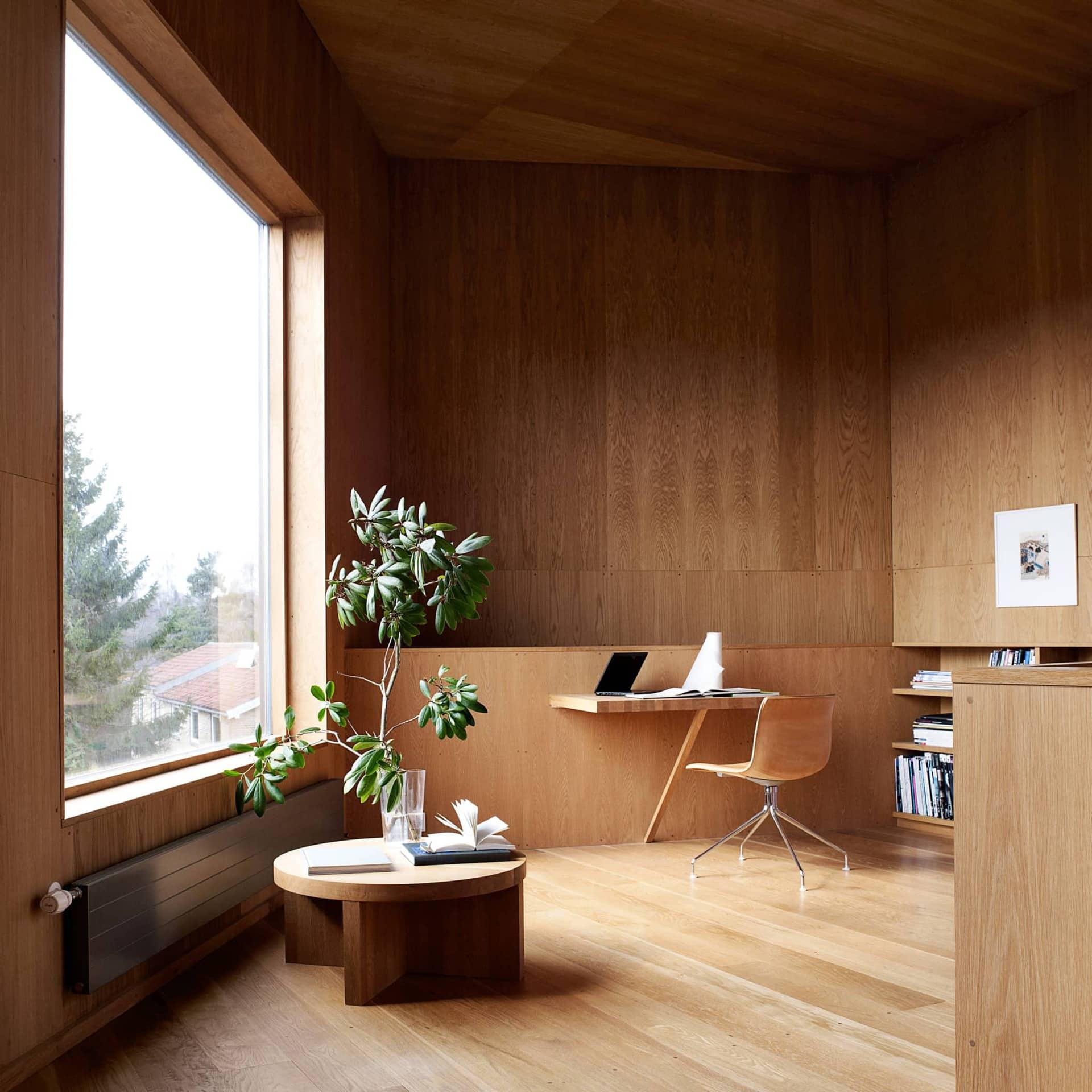
Adam Lans, Owner/Architect adam@tightknotdb.com 603.921.0521
Annie Henry, Office Manager annie@tightknotdb.com 603.255.3231
tightknotdb.com

